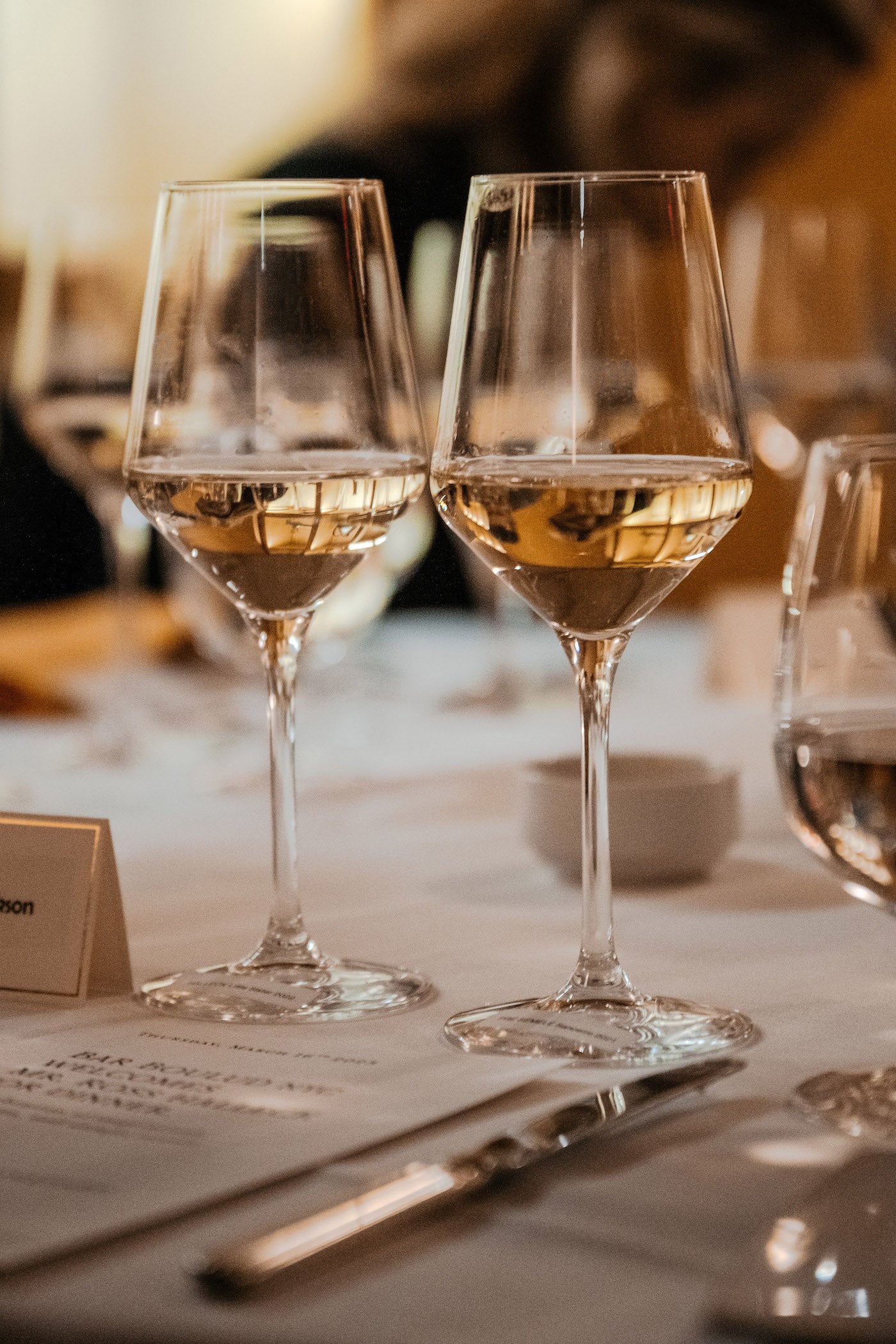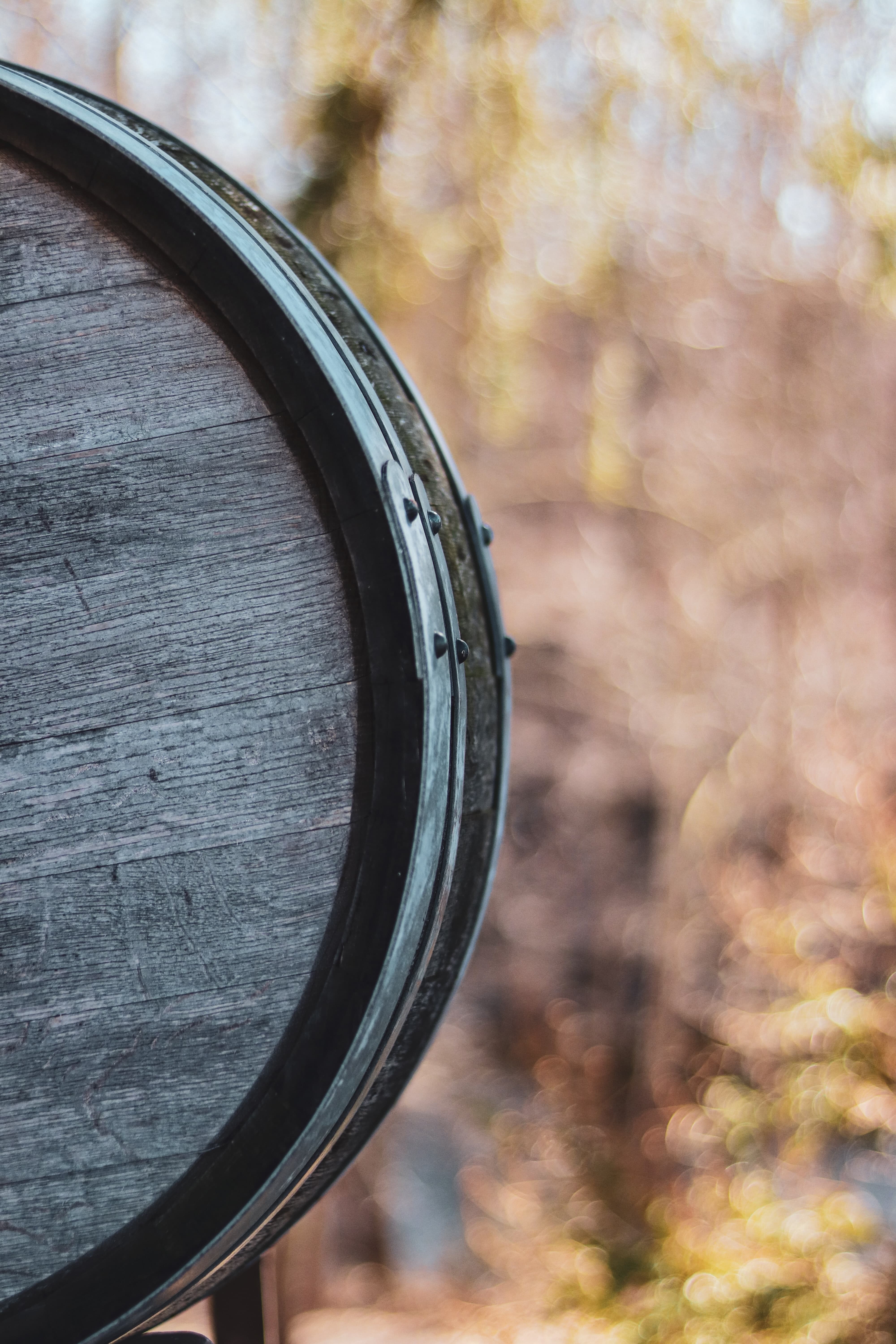Wine Tasting Experiences With Local Cheese - Local Wineries In Sebastopol
Wine Tasting Experiences With Local Cheese - Local Wineries In Sebastopol
Blog Article
Innovative Wine-Making Techniques In Sonoma Valley - Sebastopol Wine Experiences
Wine tasting is an art that combines sensory experience with an appreciation for the nuances of different varietals. How to evaluate flavors in winery wine tasting periods is pivotal to greedy the complexities of wine.
Participating in a wine tasting entails greater than simply sipping and savoring. It requires a centered strategy to determine aromas and flavors that each wine presents. As you begin, observe the wine's look, noting its colour and clarity. These visible cues often counsel a wine’s age, grape variety, and even potential flavor profiles.
The next step in the tasting process is to swirl the wine in your glass. This motion releases fragrant compounds which are vital for evaluation. Lean in and take a second to inhale deeply; the aromas can range from floral and fruity to spicy and earthy. The nostril of the wine is simply as necessary as the palate, and recognizing scents performs a major role in understanding the overall experience.
When taking your first sip, permit the wine to maneuver throughout your palate - Wineries Hosting Seasonal Events. Notice the initial flavors that present themselves. Is the wine fruity, floral, or maybe herbaceous? This initial taste offers perception into what the wine is prone to specific as you proceed to judge it. The mouthfeel also contributes to the general flavor experience; it may be silky, tannic, and even effervescent.
Beautiful Picnic Areas At Sonoma Wineries - Sebastopol Vineyard Visits
As you continue tasting, take note of the wine’s stability. A well-balanced wine will harmonize acidity, sweetness, and tannins. If one component overwhelms the others, it might point out a less fascinating high quality. Evaluating steadiness might help you determine how properly the wine might pair with food.
Transitioning to the end, think about how the flavors evolve because the wine lingers in your palate. A long, pleasant end can point out a high-quality wine, whereas a short or abrupt end might suggest in any other case. Reflect on whether or not the flavors stay consistent or if new notes emerge because the wine settles. This progression can reveal complexities and intricacies that may not have been apparent in the preliminary tasting.
Temperature can be a vital factor in evaluating wine flavors. Completely Different forms of wine are optimally loved at specific temperatures. White wines usually shine when chilled, while purple wines generally perform finest at room temperature. When tasting, make positive the wine is on the appropriate temperature to completely appreciate its character.
Vineyard Tours With Guided Tastings In Sonoma - Wine Tasting In Sonoma County
Pairing food with wine can greatly enhance the tasting experience. Meals can influence the notion of flavors in wine, either highlighting certain traits or diminishing them. When evaluating flavors, contemplate how the wine interacts with completely different meals, noticing which flavors are amplified or muted (Wineries With Estate-Grown Grapes).

Consider the affect of terroir as you engage in a winery tasting. Terroir encompasses the unique environmental elements that affect grape growing, including soil composition, local weather, and geography. Understanding a wine's terroir can provide perception into its flavors and aromas, fostering a deeper appreciation for the alternatives made throughout its cultivation and production.
Training performs a basic function in enhancing one's ability to gauge wine flavors. Studying about grape varieties, wine areas, and manufacturing methods can pave the way for extra informed judgments during tastings. Additionally, attending workshops or classes can refine sensory skills and expand your flavor vocabulary, enabling you to articulate tasting notes extra successfully.
Lastly, it is important to keep in mind that evaluating wine flavors is a highly personal experience. Individual preferences and perceptions will invariably form one’s tasting journey. Enjoyment must be on the forefront, with the analysis course of acting as a device to reinforce understanding and appreciation rather than create inflexible tips.
Charming Wineries With Views In Sonoma Valley - Wine Tasting In Sonoma County
In conclusion, mastering tips on how to evaluate flavors in winery wine tasting periods involves a mixture of sensory engagement, information, and practice. By learning to establish aromas, assess the stability, and recognize the intricacies of flavor, wine enthusiasts can deepen their connection to every bottle they encounter. As with any art kind, the more one immerses themselves within the experience, the more they will discover and benefit from the vast world of wine.
- Begin by observing the wine's color and clarity, as these visual components can hint at its flavor profile and aging potential.
- Swirl the wine gently in your glass; this releases aromatic compounds, permitting you to better establish the advanced scents related to the wine.
- Take a deep inhale before tasting, focusing on each main and secondary aromas to gather insights on fruits, spices, and different nuances.
- When tasting, permit the wine to coat your palate; note the preliminary flavors, the mid-palate complexity, and the finish as these phases can provide different flavor highlights.
- Pay attention to texture and mouthfeel, as aspects similar to tannin levels, acidity, and sweetness contribute considerably to the overall tasting experience.
- Compare flavors against commonplace wine characteristics; for pink wines, think about berry notes, oak affect, and herbal tones, while whites might embody citrus, stone fruits, and floral hints.
- Take notes through the tasting session to trace your impressions, helping you to remember and evaluate the totally different wines sampled.
- Talk About your findings with fellow tasters or winery staff, as sharing insights can improve understanding and appreciation of individual flavors.
- Permit time for the wine to breathe; sometimes, flavors evolve and reveal new dimensions after being exposed to air.
- Experiment with food pairings in the course of the tasting as they can dramatically alter how flavors are perceived, influencing general enjoyment.undefinedWhat ought to I search for when evaluating the aroma of wine throughout a tasting?
Start by swirling the wine in your glass to launch its aromas. Bring the glass to your nose and take a deep breath. Pay consideration to the first scents you detect, as these are often probably the most prominent. Look for fruit, floral, natural, or earthy notes and attempt to identify specific traits, which will deepen your understanding of the wine's complexity.
Wineries Focusing On Single Vineyard Wines - Sonoma County's Best Wine Experiences

How can I distinguish between completely different flavor profiles in wine?
Perceive that flavor profiles are often categorized as fruit, floral, herbaceous, spicy, or mineral. Take small sips and permit the wine to coat your palate. Notice the primary flavors that emerge first and the refined notes that observe. This layering is crucial in distinguishing the wine's characteristics and will help you recognize its distinctive profile.
Wineries With Locally Sourced Food Options - Wine Tasting And Vineyards In Sonoma
What is the significance of the wine's texture in a tasting?
The texture of the wine, also recognized as mouthfeel, plays a vital function in how we perceive flavors. Pay consideration as to whether the wine feels easy, creamy, or gritty. The physique of the wine (light, medium, or full) can enhance or contrast with flavors, providing a extra rounded experience during tasting.
How do I assess the balance of flavors in wine?
Steadiness in wine refers again to the harmony between acidity, sweetness, tannin, and alcohol. Take a moment to assess whether these parts complement or intrude with one another. A well-balanced wine could have none of its parts overpowering the others, creating a pleasing tasting experience.
Wineries In Sebastopol - Wine Tasting Experiences In Sonoma Valley
What role does temperature play in evaluating wine flavors?
Temperature can considerably impression the perception of flavors. Usually, purple wines are best served slightly under room temperature, while white wines benefit from being chilled. As the temperature adjustments, the aromas and flavors can shift, permitting you to understand completely different characteristics. It’s essential to taste wine at its optimum temperature for true evaluation.
Wineries Promoting Sustainable Farming - Luxury Wine Tasting In Sonoma County
How can I enhance my tasting skills over time?
Practice is key to improving your tasting skills. Spectacular Vineyard Views In Sonoma. Attend tastings, maintain a journal of your experiences, and discover several types of wines to broaden your palate. Additionally, studying about wine production and grape varieties can provide context that enhances he said your evaluation process, making you a more knowledgeable taster.
Is there a particular order in which I ought to style the wines?
Wineries With Artisan Chocolate Pairings In Sonoma - A Visit To Sebastopol Wineries
Sure, it’s advisable to style wines from light to full-bodied and dry to candy. This progression prevents the stronger flavors from overshadowing the extra delicate ones, permitting you to totally respect every wine's characteristics and nuances with out palate fatigue.
How can I evaluate the aftertaste of wine?
Wineries With Unique Wine Blends - Enjoying A Vineyard In Sonoma
The aftertaste, over at this website or end, is a vital side of the wine-tasting experience. After swallowing, take note of how lengthy the flavors linger in your palate and whether they change. A lengthy, pleasant finish is often an indicator of a high-quality wine, whereas a short or disagreeable finish might suggest in any other case.
Why is it important to note the wine’s acidity throughout tasting?
Acidity contributes to the general freshness and structure of the wine. Pay attention to the tingling sensation in your tongue; larger acidity can enhance the wine's liveliness and balance out sweetness. Noting acidity helps determine the wine's versatility with food and its growing older potential.
What ought to I do if I wrestle to determine particular flavors in wine?
Wineries That Offer Food Trucks On Weekends - Sonoma Wine Country Wineries To Explore
Struggling to determine flavors is common, particularly for newbies. Focus on broader categories and describe what you possibly can acknowledge, similar to sweet or earthy notes. With practice, reading about completely different flavor profiles, and maybe using flavor wheels, you'll refine your senses and develop a extra nuanced strategy to tasting. Report this page